A floor lift lets you move patients safely from the ground or bed. This device helps you transfer patients and keeps you safer. It lowers the chance of getting hurt. Most serious injuries in healthcare are from lifting. These are called musculoskeletal injuries. You keep patients safe and protect yourself. Superhandy has trusted human floor lifts.
Key Takeaways
Floor lifts help move patients in a safe way. They lower the chance of injuries for patients and caregivers. Slings and lifting parts do the work instead of people lifting by hand.
Picking the right lift is important for each patient. You can choose manual, electric, inflatable, or ceiling lifts. The choice depends on what the patient needs, their weight, and how much space there is. How often you use the lift also matters for comfort and safety.
Good training, the right tools, and careful planning help move patients more easily. These things protect caregivers from getting hurt. They also help patients feel safe and respected.
Floor Lift Basics
Definition
A floor lift helps you move someone safely from the ground. This device is a kind of patient lift. People also call it a human floor lift or recovery lift. You often see these in hospitals and nursing homes. They are also used in home care. Human floor lifts help lift patients after a fall. They move patients from the floor to a chair or standing up. These lifts help people who have trouble moving. Some patients have medical problems that make moving hard. You can use different slings to keep the patient safe. There are divided leg slings and full body slings. These patient lifts make it easier for you to move someone. They help keep everyone safe and comfortable.
Main Components
Human floor lifts have many parts that work together. These parts help you move patients safely:
Wheeled Base: The wheels let you roll the lift around. You can move it close to the patient.
Lifting Mechanism: This part can be hydraulic or electric. It helps raise and lower the patient.
Sling or Harness: You put the sling under or around the patient. It holds the patient during the lift.
Spreader Bar: This bar keeps the sling open. It connects to the lifting mechanism and keeps the patient steady.
Handle: You use the handle to guide and steer the lift.
Footplate: Some lifts have a footplate. It helps the patient stand or move to another spot.
Most human floor lifts are made from strong materials. Stainless steel is common because it is tough and easy to clean. Stainless steel does not rust. Some lifts use aluminum or laminates. These are lighter and easy to take care of. The design of these lifts meets safety rules. They resist fire, slipping, and damage. Brands like Superhandy make good equipment that lasts a long time.
Some lifts have extra features. You might find a rechargeable battery or a wired remote. Some lifts have arms you can adjust for more support. Some seats tilt forward to help the patient stand. The wheels make the lift easy to move in small spaces. These features help you avoid lifting by hand. They also lower the chance of getting hurt.
Model/Manufacturer |
Patient Weight Capacity (lbs) |
|---|---|
Human Care Alzaro Electric Patient Lift |
|
Deluxe Hydraulic Lift by Drive Medical |
450 |
IndeeLift Standard Models |
400 |
IndeeLift Professional Models |
500-600 |
Gravis Battery Powered Lift |
600 |
Most human floor lifts can hold between 350 and 600 pounds. The height they can lift changes by model. Many lifts can raise a patient from the floor to a bed or chair.
How It Works
You can use human floor lifts in two ways. Some are manual and some are electric. Manual lifts use a hydraulic pump. You move a lever or pump to lift the patient. This way takes more effort and is slower. Electric lifts use a motor and a remote control. You press a button to lift or lower the patient. This saves your energy and time.
Tip: Electric patient lifts are best for heavy or frequent lifting. Manual lifts work well for lighter jobs or places with no power.
Here is a table that compares manual and electric floor lifts:
Aspect |
Manual Floor Lift |
Electric Floor Lift |
|---|---|---|
User Effort |
Needs more effort and can make you tired |
Needs little effort and uses a remote |
Lifting Speed |
Slower |
Faster |
Patient Weight Capacity |
Lower |
Higher |
Efficiency |
Not as good for busy use |
Better for busy places |
Cost |
Costs less |
Costs more |
Ergonomics |
Can cause strain |
Made to stop you from getting tired |
To use a human floor lift, first get the area ready. Check the equipment before you start. Put the sling under the patient and attach it to the spreader bar. Use the lifting mechanism to raise the patient slowly. Move the lift to where you want, like a bed or wheelchair. Lower the patient gently. After moving the patient, make sure they feel safe and comfortable.
Always use good posture and move slowly. Plan your path before you start. Training and good equipment, like Superhandy, help you stay safe.
Human floor lifts can take more time than lifting by hand. On average, a floor lift transfer takes about 273 seconds. Lifting by hand is faster but can hurt you or the patient. Using a floor lift keeps everyone safer, even if it takes longer.
Benefits of Human Floor Lifts
Patient Safety
It is important to keep every patient safe and comfortable. Human floor lifts help lower the chance of falls and injuries. These lifts use gentle parts that support the patient’s body. This makes patients feel safe and less worried. Using a floor lift means you do not have to lift by hand. Lifting by hand can be dangerous and cause harm.
Note: Human floor lifts help patients feel respected. Many patients feel better when a lift is used instead of being lifted by hand. This helps them feel cared for and not like a burden.
A national survey showed that skin injuries can still happen with lift equipment. These injuries, like scrapes or pressure ulcers, are rare and not usually serious. You can stop most skin injuries by using the sling the right way. Always check the equipment and make sure staff know what to do. Careful planning keeps patients safe during every move.
Aspect |
Human Floor Lifts Benefits |
Comparison to Manual Lifting |
|---|---|---|
Patient Safety |
Significantly reduces risk of falls and injuries |
Manual lifting involves unsafe techniques |
Patient Comfort & Dignity |
Gentle lifting mechanism promotes dignity and reduces anxiety |
Manual lifting can be uncomfortable and undignified |
Patient Independence |
Promotes a sense of independence |
Manual lifting may increase patient anxiety |
Caregiver Safety |
Reduces caregiver physical strain and injury risk |
Manual lifting causes caregiver strain |
Transfer Efficiency |
Expedites transfers, allowing more time for patient care |
Manual lifting is slower and more physically demanding |
Overall Impact |
Enhances patient dignity through safer, comfortable transfers |
Manual lifting less safe and less dignified |
Caregiver Protection
Moving patients by hand can hurt your back and muscles. Lifting a person is harder than lifting things. You might have to bend, twist, or reach, which can cause injury. Human floor lifts do the heavy work for you. They hold the patient’s weight and let you guide the move with less effort.
Modern floor lifts have features to keep you safe. Many powered lifts use electric or battery motors. These lifts move smoothly and can lift heavier patients. Some have padded supports, adjustable heights, and easy hand controls. You can find lifts with cradles to keep patients steady. Some have legs that fit under furniture and emergency stop buttons. These features help stop injuries and make your job safer.
Tip: Training in safe patient handling and using the right equipment, like Superhandy human floor lifts, keeps you healthy and helps you miss fewer work days.
Flexibility in Care
You can use human floor lifts in many places. Hospitals, nursing homes, and homes all use these lifts. In hospitals, nurses use floor lifts for about one in five moves. Nursing homes use them for long-term care. Home caregivers use them to help family members move safely.
Human floor lifts work for many needs. You can use them for patients who cannot stand or walk. You can move someone from the floor to a bed, chair, or wheelchair. Some lifts have special parts for small spaces or heavier patients. Superhandy has models that work well everywhere. You get safe and easy moves every time.
You save time with quick moves.
You keep patients and caregivers safe.
You make everyone feel more comfortable and respected.
Choosing the right lift makes moving patients safer and easier. Human floor lifts give you the tools to give the best care anywhere.
Types of Patient Lifts
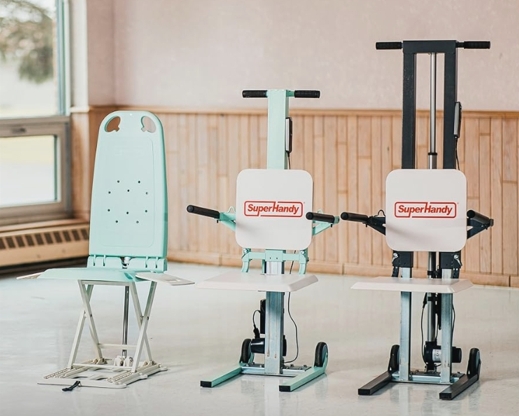
Floor Lifts vs. Ceiling Lifts
There are different kinds of patient lifts. The most common are floor lifts and ceiling lifts. Floor lifts have wheels and can move between rooms. Ceiling lifts use tracks that hang from the ceiling. Each type has things it does well and things it cannot do.
Here is a table to help you see the differences:
Aspect |
Ceiling Lifts |
Floor Lifts |
|---|---|---|
Mechanism |
Overhead track system; fixed or portable with free-standing track |
Mobile frame with wheels, mast, and boom |
Portability |
Fixed lifts are permanent; portable lifts require setup and takedown |
Fully portable; can be moved easily between rooms |
Installation |
Requires ceiling installation; may involve construction |
No installation needed |
Caregiver Effort |
Minimal force needed; safer for caregivers |
Requires more exertion; often needs two people |
Space Efficiency |
Saves floor space; out of the way |
Occupies floor space; can be moved out of the way when not in use |
Cost |
Generally more expensive due to installation and equipment |
More economical and budget-friendly |
Use Case |
Suitable for frequent transfers, autonomy, and limited floor space |
Ideal for home care, budget constraints, and situations where ceiling installation is not possible |
Versatility |
Fixed lifts with X-Y tracks allow multi-directional movement; portable lifts are flexible |
Versatile designs adaptable to various patient needs |
Note: Ceiling lifts are good for places with lots of moves and not much floor space. Floor lifts are better for homes or when you need to move the lift a lot.
Manual vs. Electric
Patient lifts can be manual or electric. Manual lifts use a pump you work by hand. You need to use your own strength to lift someone. Electric lifts use a battery or plug into the wall. You just press a button to lift or lower the patient.
Feature |
Manual Patient Lifts |
|
|---|---|---|
Power Source |
Rechargeable batteries or electricity |
Hydraulic pumps operated manually |
Ease of Use |
Effortless operation with push-button controls |
Requires physical effort |
Advanced Features |
Adjustable height, remote controls, emergency stop |
Simpler design |
Suitability |
Frequent use, heavier patients |
Infrequent use, environments without power |
Reliability |
Dependent on battery/electricity; needs maintenance |
Durable, lower maintenance, no electricity needed |
Cost |
Generally more expensive |
More affordable |
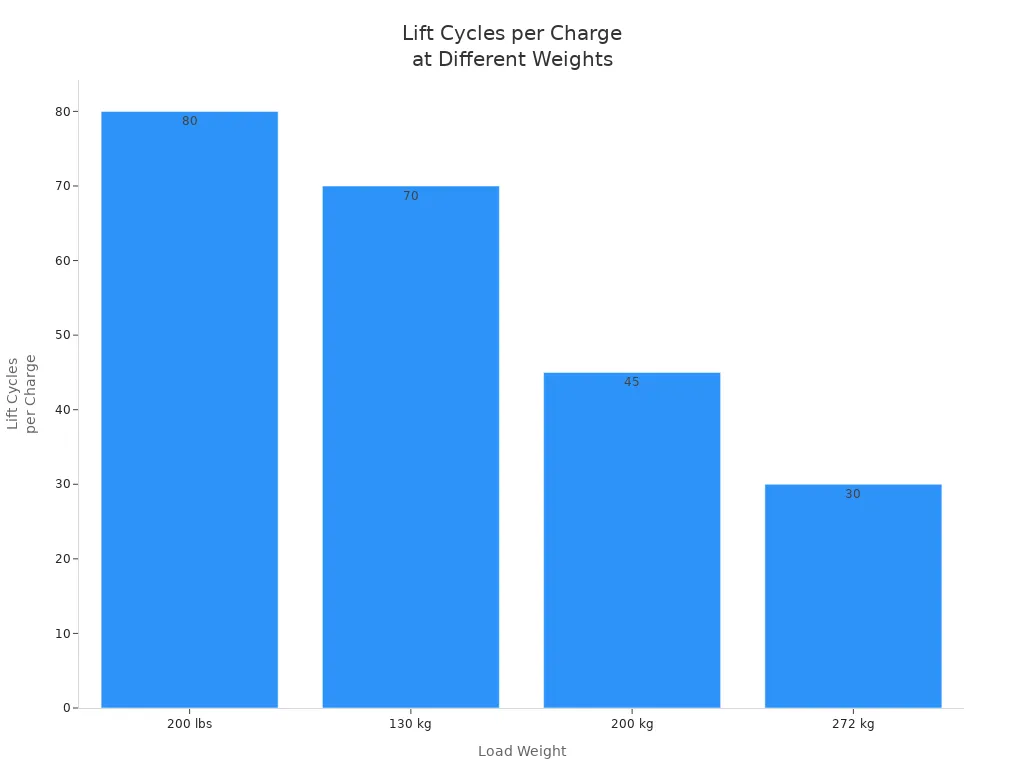
Tip: Electric lifts save your energy and time. They are best for heavy or many moves. Manual lifts are good if you do not have power or want something simple.
Inflatable Lifts
Inflatable lifts use air to help lift a person. You fill them with air using a pump. These lifts are light and easy to pack away. You can roll them up and take them anywhere. Inflatable lifts help people get up after falling. They are good for emergencies or when you travel.
Feature / Aspect |
Traditional Floor Lifts |
|
|---|---|---|
Operation |
Airlift technology, fast inflation |
Electrically operated or manual |
Portability |
Highly portable, compact |
Portable but heavier |
Weight Capacity |
Up to 300 lbs |
Up to 440 lbs |
Use Case |
Quick recovery after falls, travel |
Regular patient transfers |
Safety and Ease of Use |
Needs little caregiver help |
Adjustable height, longer battery life |
Callout: Inflatable lifts are best for quick help after a fall or when you need a lift you can carry. They are not for everyday use like regular patient lifts.
Choosing the Right Lift
Think about how much the patient weighs, how big the room is, and how often you need to move someone. Stand-aid lifts help people who can stand a little and want support. Lifts with higher weight limits are for bariatric patients. Ceiling lifts save space in small rooms. Inflatable lifts are good for emergencies or travel. Stand-aid lifts also help with therapy and help patients feel more independent.
Remember: Always pick the lift that fits your patient’s needs and your care place. Stand-aid lifts, floor lifts, and ceiling lifts all help keep patients safe.
A floor lift helps you move patients in a safe way. It makes moving patients easier for everyone. These lifts help stop injuries for you and your patients. When picking a lift, check for good safety parts, the right size, and simple controls.
Patients feel comfortable
Caregivers stay safe
Emergency controls are important
Superhandy has good choices for all care places.
FAQ
What is the weight limit for most floor lifts?
Most floor lifts can hold between 350 and 600 pounds. Always check the label on your lift for the exact weight limit.
Can you use a floor lift by yourself?
You should always have at least two people when using a floor lift. This keeps you and the patient safe during every transfer.
Tip: Always read the user manual before using a new floor lift. This helps you avoid mistakes and keeps everyone safe.
How do you clean a floor lift sling?
You can wash most slings in a washing machine with mild soap. Let the sling air dry. Always follow the care instructions on the label.


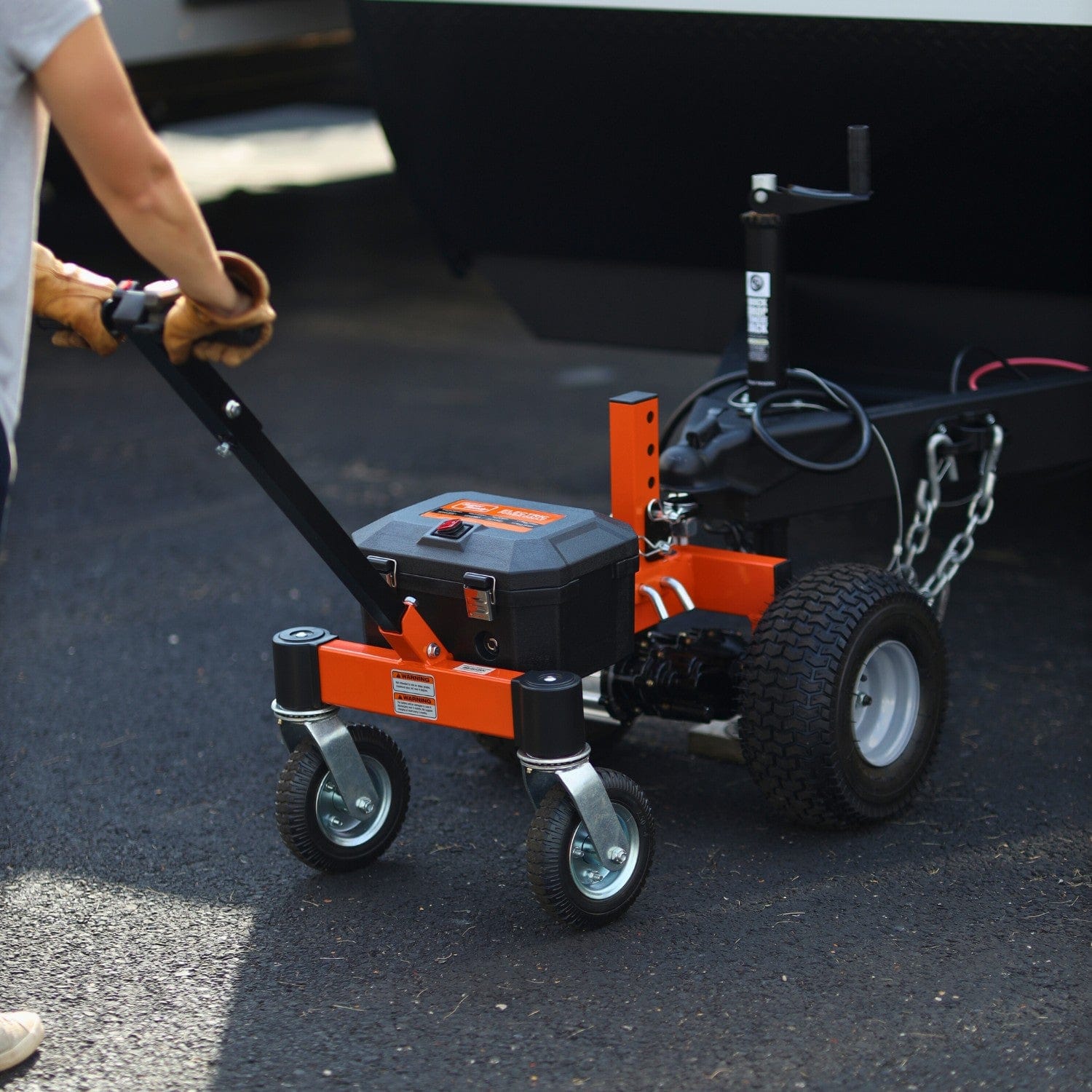
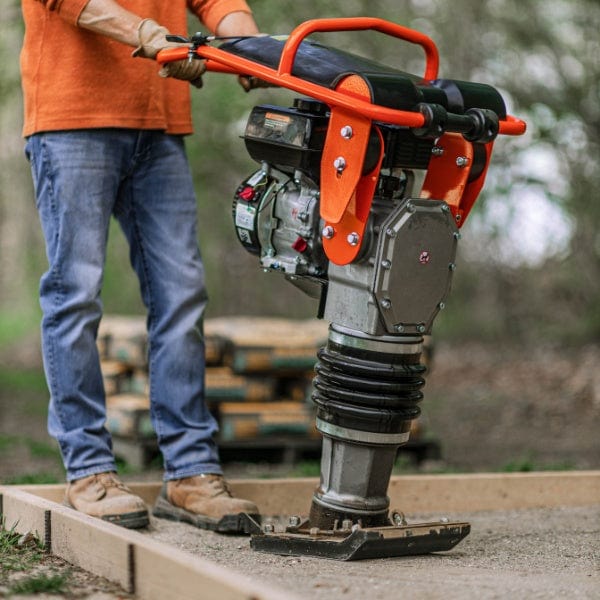
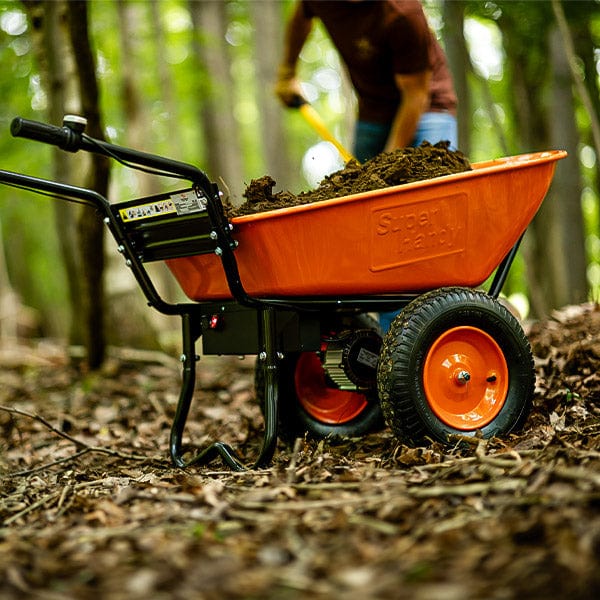
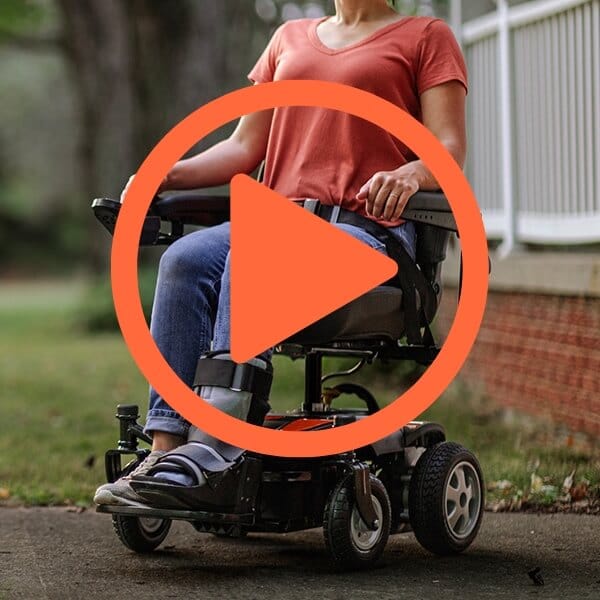

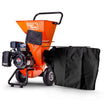
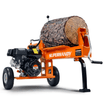
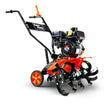
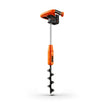
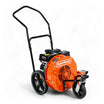
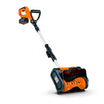
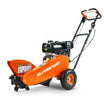
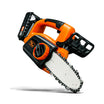

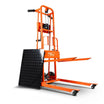
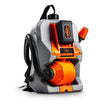
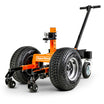
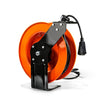
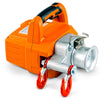
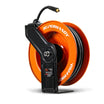

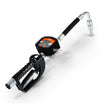
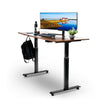
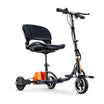
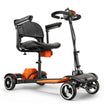
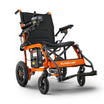
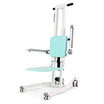

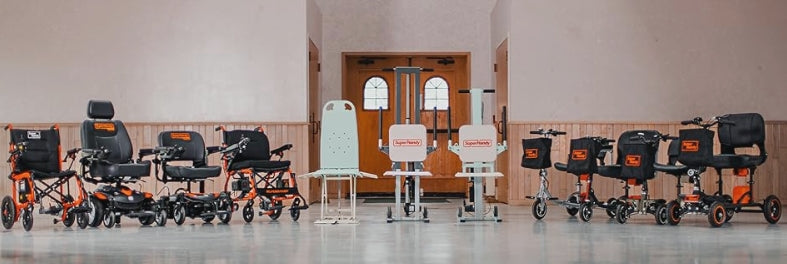
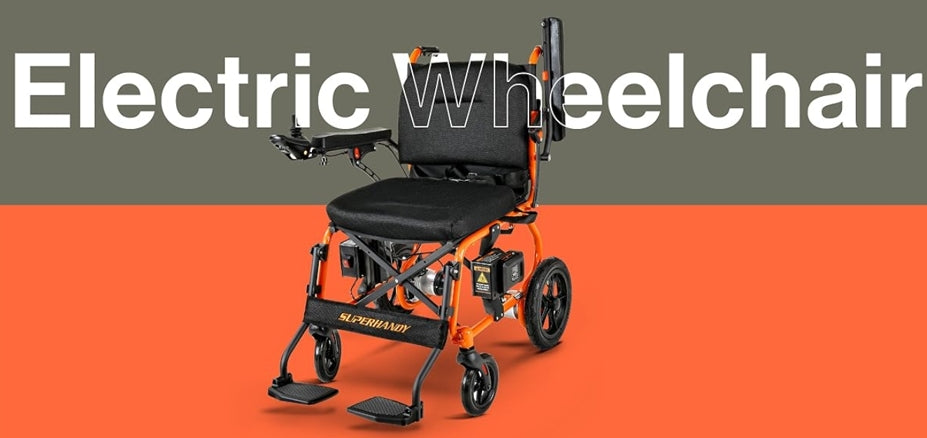
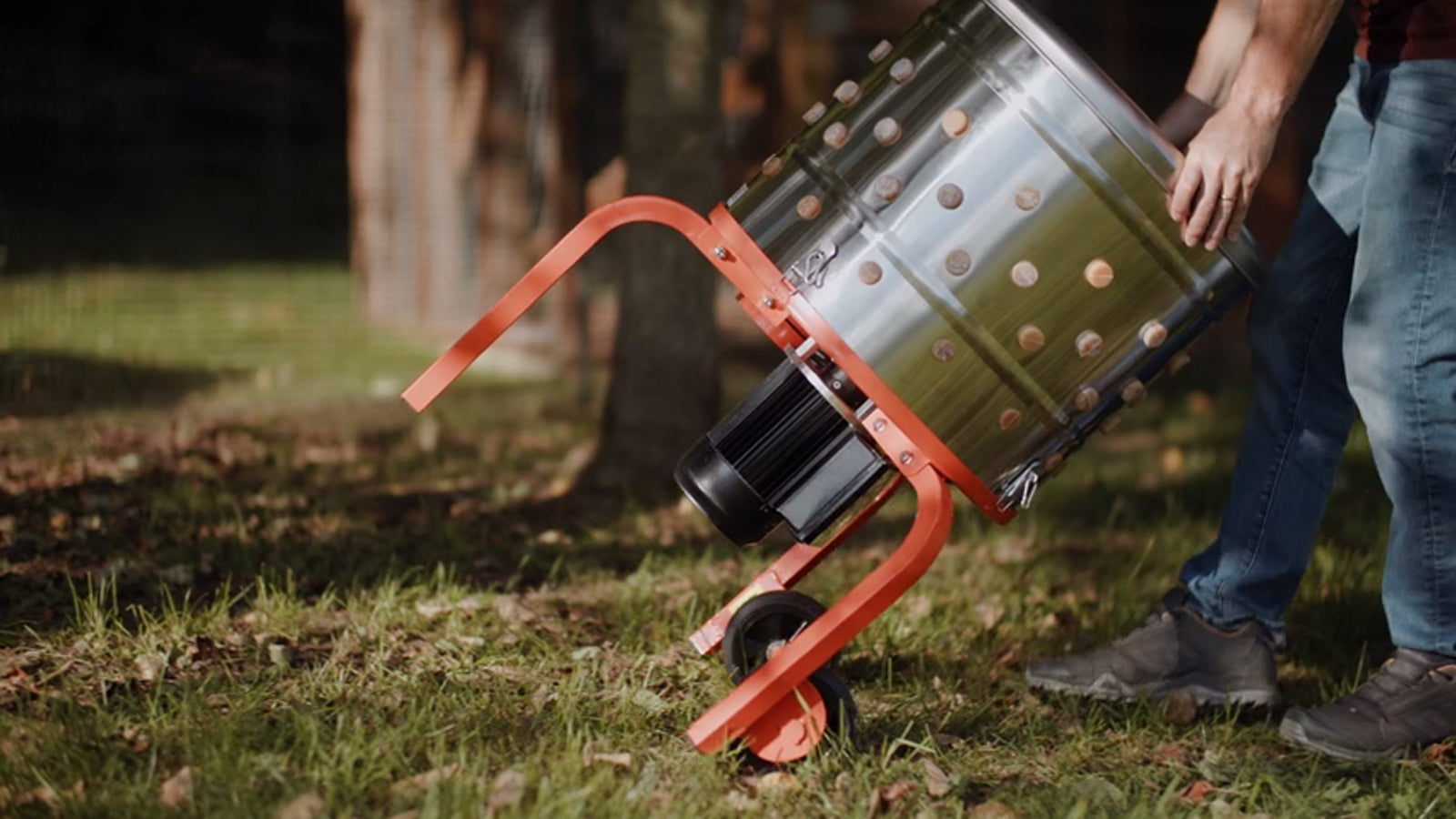
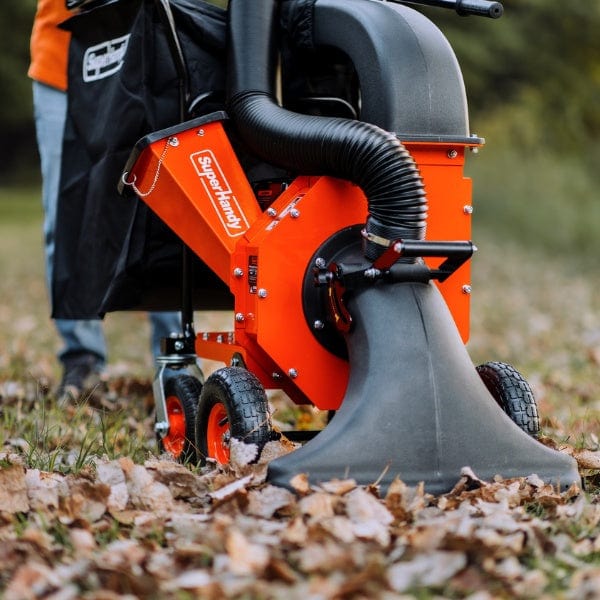
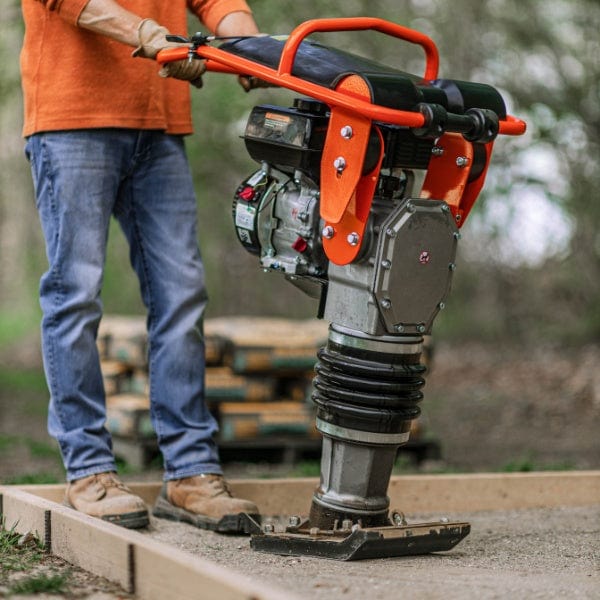
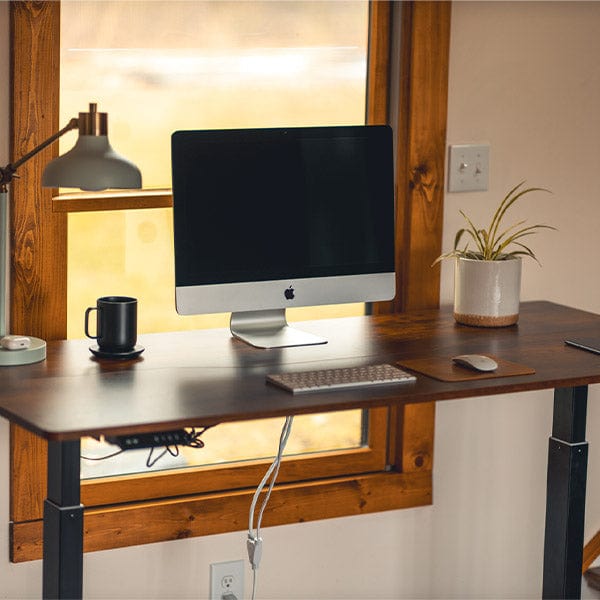
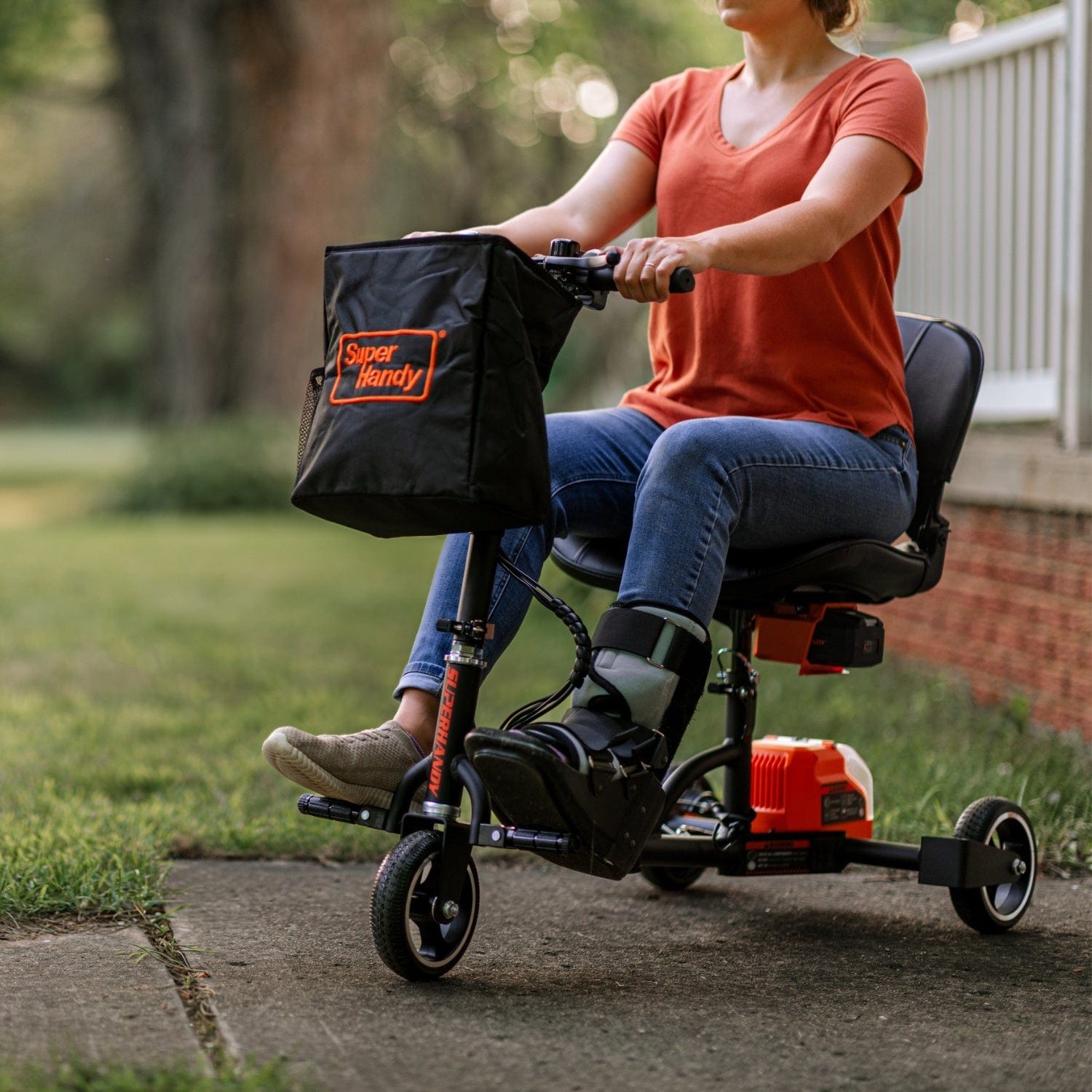
Leave a comment
All comments are moderated before being published.
This site is protected by hCaptcha and the hCaptcha Privacy Policy and Terms of Service apply.